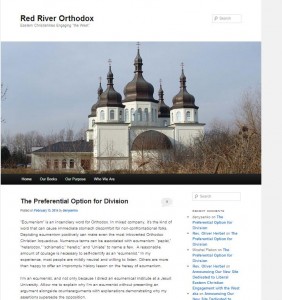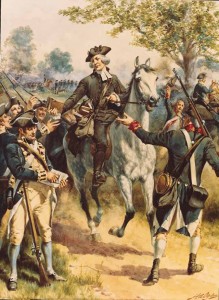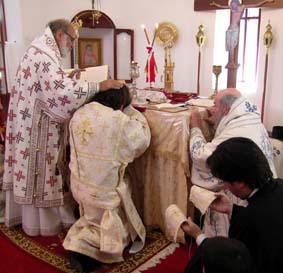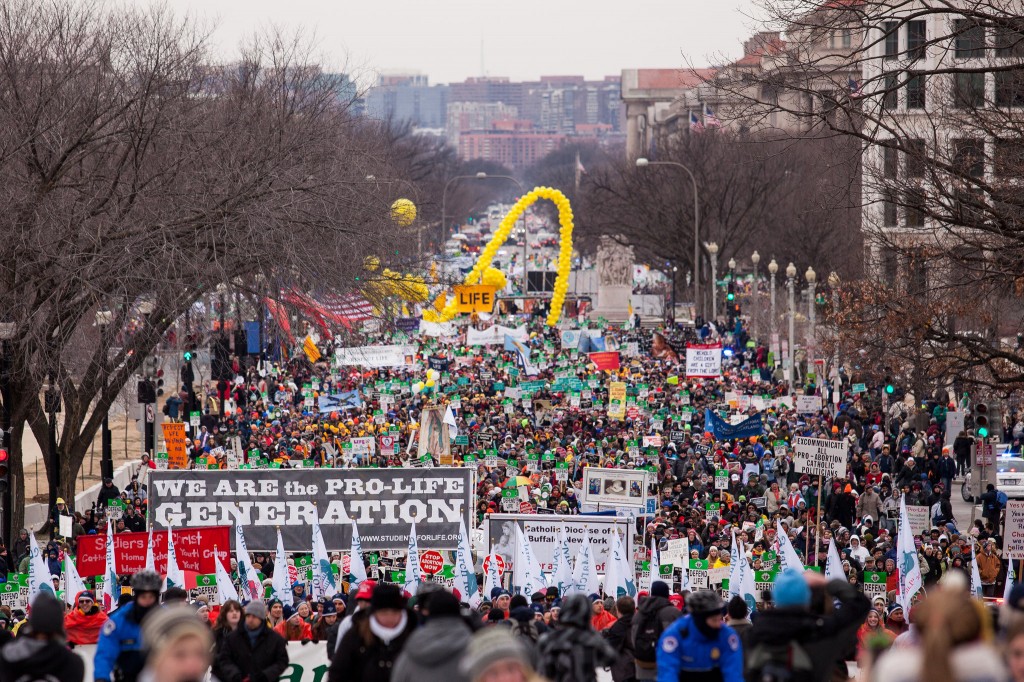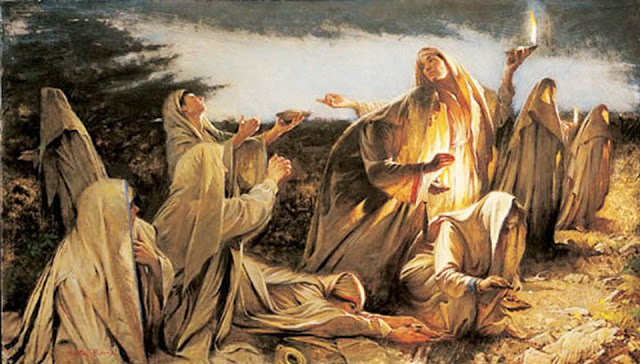In a recent Facebook exchange I was accused of being a revisionist historian mainly for my position on whether or not the United States was founded as a Christian nation, I do not believe it so. My first reaction was one of pride for being called a historian and then I started to think about the revision part and I find it interesting that only someone who disagrees with your position would call you that.
I am a firm believer that one should not write about anything to do with history for at least 100 years after the event has taken place, and then it can still be a problem. I am also a believer that historians should write history free of emotion, present the facts and let the facts speak for themselves. Now I will admit that we all view history from our own place in history and that can be problematic. But I do not think revision is always bad.
For example, in biblical scholarship we know far more about the way the people lived in biblical times today than at any other point in history. The study of Scripture cannot truly be accomplished outside of the historical reality. The Scripture we read today was written by someone to someone else at a different point in history then we are today. The length of days were different, the way people lived and how long they lived were different, so we need a good understanding of what the time was like in order to understand that is being said. We also need an understanding of the writer and what their influence was. St. Paul was a Pharisee, a lawyer if you will, so he writes from a very legalistic view of life. St. Peter was a fisherman and wrote in plain language from experience, and on and on we go.
In modern times, I believe that history has, and will continue to, treat Richard Nixon much different than when he first resigned from office. Our historical view changes the further we get away from the actual event and the less emotion is placed upon that event. Emotions only cloud our judgment and give us an irrational view of events and that is not good in historical scholarship.
When I research a particular event or time in history I also look at what was going on before and after the event. What was in the newspaper of the day, what were people reading, the jobs they had, etc. In order to gain a clear understanding of the issue there has to be a clear understanding of the day.
To say that the United States was not founded as a Christian nation does not diminish the role of our country in the world today. We were, some think we still are, a shining beacon, a “city on a hill” if you will to other nations around the world to what true freedom looks like. Was it founded on Christian ideals, sure it was, but was it founded as Christian, I do not believe so and if that is revisionist so be it.
The point of all of this is to say that we should not be afraid to take another look at history, even if it shakes the very ground we walk on. We have to be open to where the journey will take us, a journey to new discovery.


